Just uploaded some mini-reviews. Some are old and were originally posted on Backpackinglight.com
New posts include:
- Tarptent Scarp 1
- Winter Footwear
- zPacks Hexamid
- zPacks Poncho/Groundsheet
- zPacks Zero Packback
Just uploaded some mini-reviews. Some are old and were originally posted on Backpackinglight.com
New posts include:
I hate cold. But every year I do one or more winter trips in the snow. I started doing this in the 1980’s. On those early trips I used heavy leather boots, always freshly covered in Snow Seal. Also I usually brought a pair of ancient Sherpa brand snow shoes, and crampons. Until a couple years ago, my crampons were Black Diamond Contact Crampons. All of this was heavy and bulky.
After I lightened my 3 season footwear, my thoughts turned to doing the same for my winter footwear. After reading a 3-part series on lightweight winter footwear, I decided to try it out, and am happy to report that is has worked out well. I have used this system for the past two years.
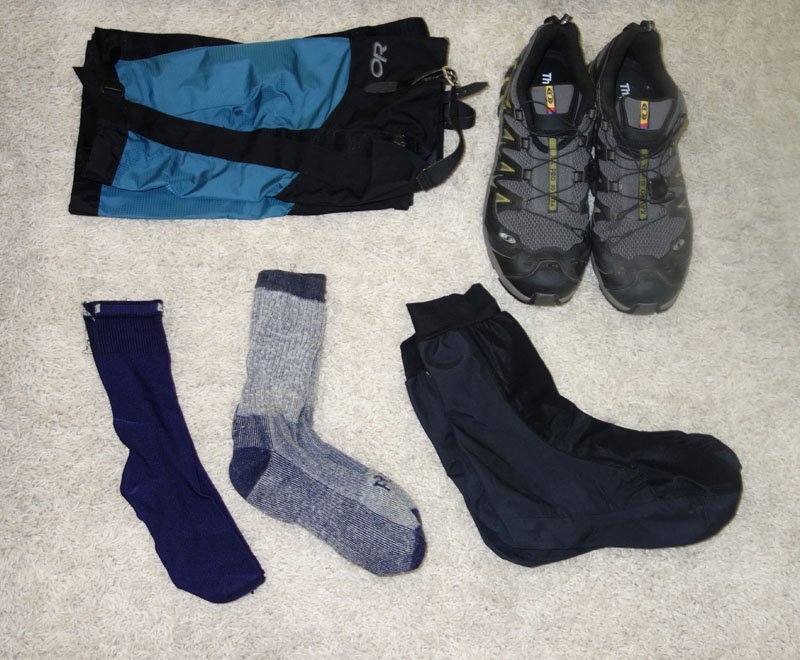
The trail running shoes are breathable, not waterproof. They are the same model I sometimes use for non-winter hiking, only 1.5 sizes large to accommodate the extra socks. More and more, I am wearing a pair of Salomon XA Pro 4D Comp Gore-Tex shoes in combination with the socks.
I wear the socks in this order:
The Rocky socks are hard to locate and tend to run small. Also there is a “right” and a “left” sock.
This system has worked well for daytime temperatures below freezing. I haven’t taken them below 25 degrees Fahrenheit. When I stop for rest breaks, my feet don’t get cold, although I do have to add a puffy jacket to keep my torso warm.

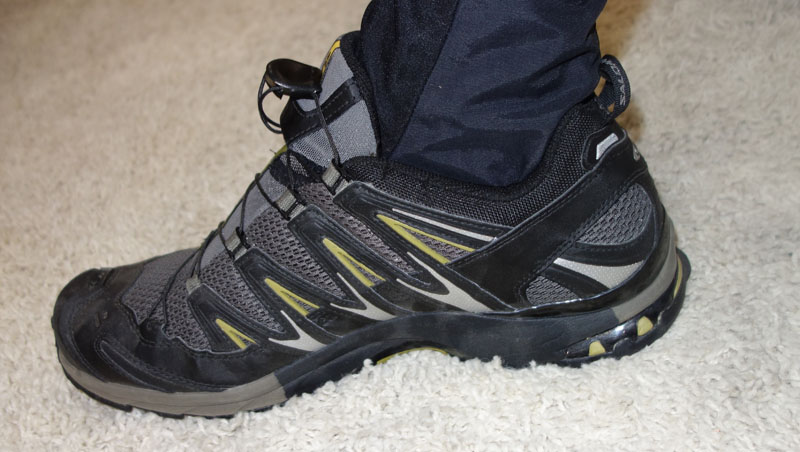

Accessories
When hiking in snow traction and/or flotation devices are needed. The 3 items I use are:
If I am sure I will need to deal with ice, I take the Crampons, they only weight 3.3 ounces each more than the microspikes, and there is no comparisons about how they work. The crampons are vastly superior. Aluminum crampons are subject to easy dulling of the points on rocks, so care must be taken. But they weight about 20 ounces less (pair) than my Black Diamond Contact Crampons. They also are easier to strap on, and they stay secure.
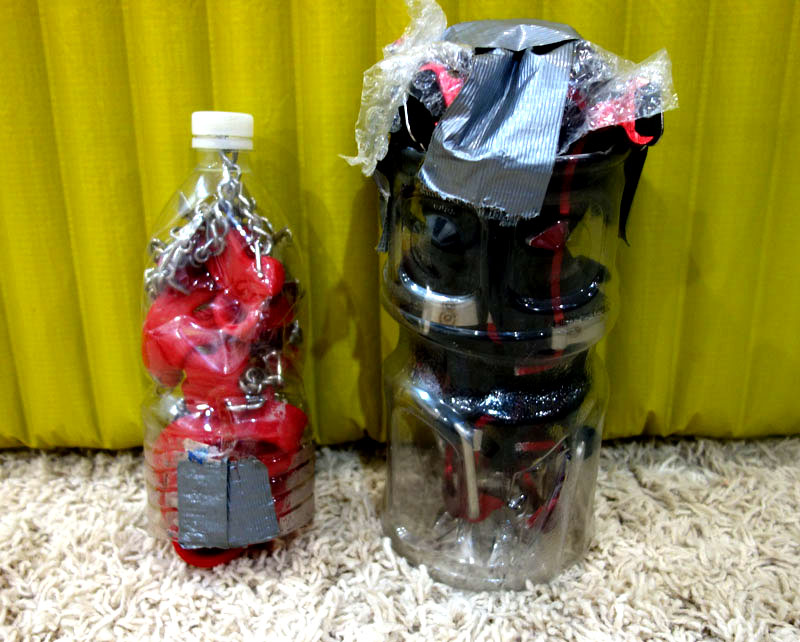
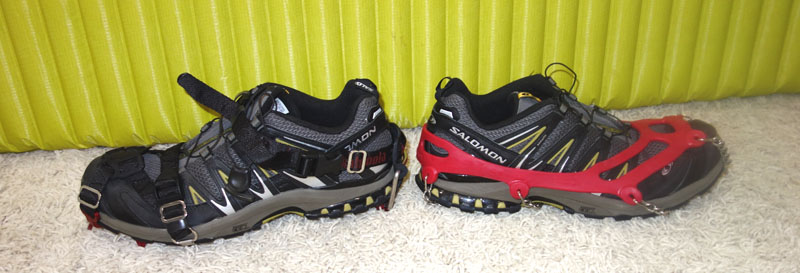 Left: Kahtoola KTS Aluminum Crampons. Right: Kahtoola Microspikes. Note that the shoe on the left is a Salomon XA Pro 4D Comp Gore-Tex model and the right is a non-waterproof breathable Salomon XA Pro 3D Ultra Trail.
Left: Kahtoola KTS Aluminum Crampons. Right: Kahtoola Microspikes. Note that the shoe on the left is a Salomon XA Pro 4D Comp Gore-Tex model and the right is a non-waterproof breathable Salomon XA Pro 3D Ultra Trail.
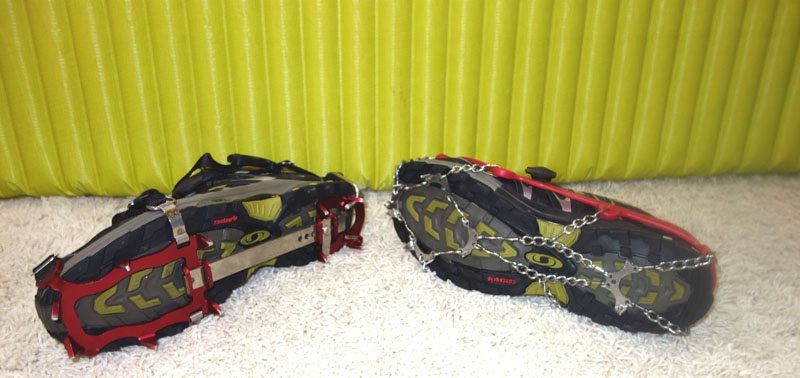
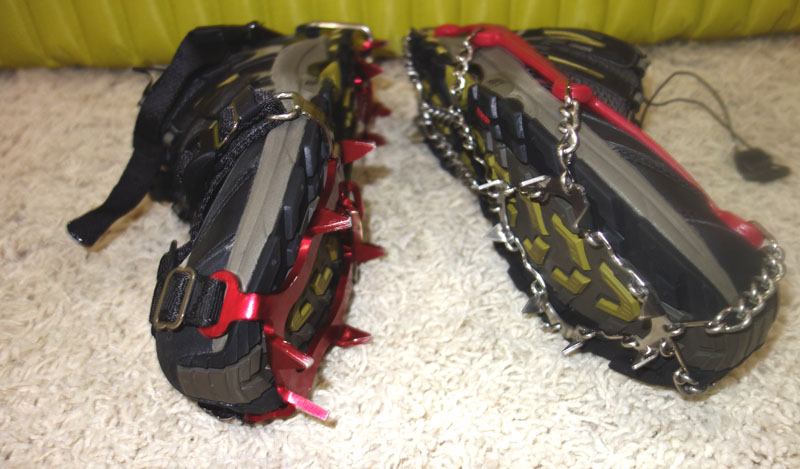

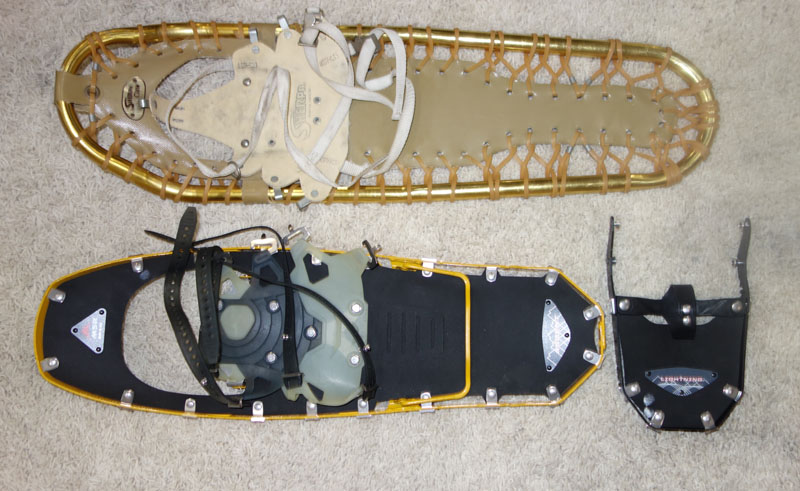
The MSR snowshoes are lighter than my old Sherpa’s (top) and work better too. I bought “tails” for additional flotation which would make them as long as the Sherpa shoes. But have not had to use them. Not the wire bar crossing the MSR shoe near the right hand side of the picture. These are called “Televators.” Flip them up and it increases traction going uphill and really reduce fatigue.
This website may be compensated for linking to other sites or for sales of products. As an Amazon Associate I earn a small fee from qualifying purchases at no additional cost to the purchaser.